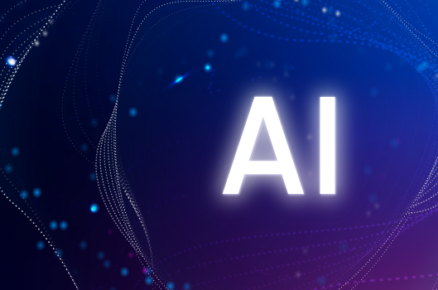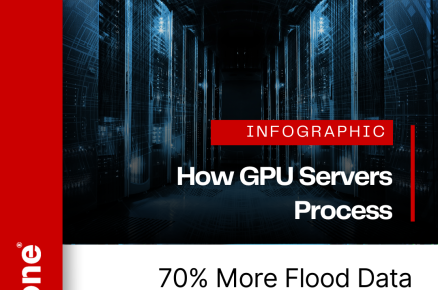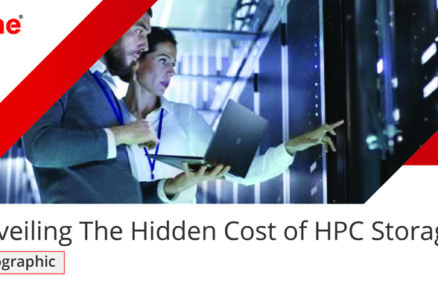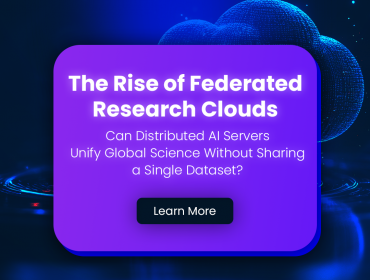Thirty billion IoT systems will be available globally by 2020, and by 2025, as per the Statista, the amount will increase 75 billion linked stuff. All of these systems will generate enormous quantities of information that will need to be handled rapidly and sustainably. Fog computing goes into practice on a level with cloud computing to satisfy the increasing requirement for IoT options. In some stuff, fog is even easier.
Cloud Computing
The technical word cloud means a network of various systems, PCs and servers linked to one another on the Web. Cloud computing technology offers multiple kinds of facilities classified into three types:
- PaaS (Platform as a Service) — A growth system with instruments and elements to create, test and launch apps.
- SaaS (Software as a Service) — Prepared software adapted to a range of company requirements.
- IaaS (Infrastructure as a Service) — It is a Remote data centre with sources including such processing power, data storage capability, and connectivity.
What is meant by the computing of Fog now?
Although the word fog computing came into existence in 2014, the concept behind this is quite obvious: to decentralize a distributed network that is accomplished by generating various local networks which are linked to the cloud.
In a manner, fog computing is nothing but an additional coating of computing built on top of the cloud, but somehow this additional layer enables us to sidestep many of the issues we experienced previously with cloud computing.
- Because of fog servers so much nearer to IoT systems than cloud servers, its latency issue fades so each system receives the result as it requires when it needs it.
- Fog computing, being such a decentralized program, makes leisure time a far less severe issue: a device that cannot access one server always can postpone to the next adjacent.
- Fog computing gives its customers more than enough safety because the information is handled through various devices rather than a centred one.
With all of that in view, fog computing has several disadvantages.
- Fog computing versus cloud computing: fundamental differences
The ideas of cloud vs. fog are quite comparable to one another. But there is still a differentiation on certain variables for both cloud and fog computing. Below is a point-by-point contrast between fog computation and cloud computation:
- Cloud architecture is allocated and comprises of big data centres which can be situated around the world, a thousand miles from user computer systems. Fog architecture is spreading and is comprised of millions of tiny nodes situated as near to user computers as feasible.
- Fog functions as a mediator for data centres with hardware and are therefore nearer to end-users. If there will be no fog layer, the cloud interacts straight with devices, that is time-consuming.
- Data processing takes place in distant data centres in cloud computing. Fog processing, as well as storage, is performed on the top of the network near to the information source that is essential for actual-time control.
- Cloud is much more effective than fog in terms of computing capacities and storage capability.
- The cloud is made up of a few big server nodes. Fog contains millions of small endpoints.
- Due to immediate attentiveness, Fog conducts short-term border evaluation, whereas the cloud seeks long-term profound evaluation owing to weaker attentiveness.
- Fog offers low latency; cloud elevated latency.
- Without a Connection to the internet, a cloud scheme crashes. Fog computing utilizes different protocols and norms, so the probability of error is much smaller.
- Owing to its distributed architecture, Fog would be a safer scheme than the cloud.
Linking your business to the cloud gives you access with the above-mentioned facilities from any place and via distinct appliances.
The new demands of innovative technologies are the pushing strength behind all the growth of IT. The Internet of Things is indeed a developing sector that needs more effective methods to handle the transmission of data and processing.
Fog computing is among the methods that can meet the requirements for an ever-increasing amount of linked devices. It uses local instead of remote computer assets, creating output more effective and strong and decreasing bandwidth problems.
Industries should match cloud versus fog computing to take advantage of evolving possibilities and utilize the technology’s real capacity.













